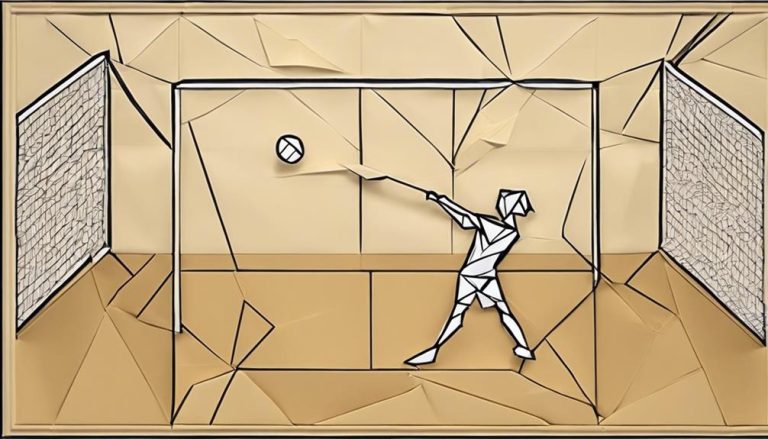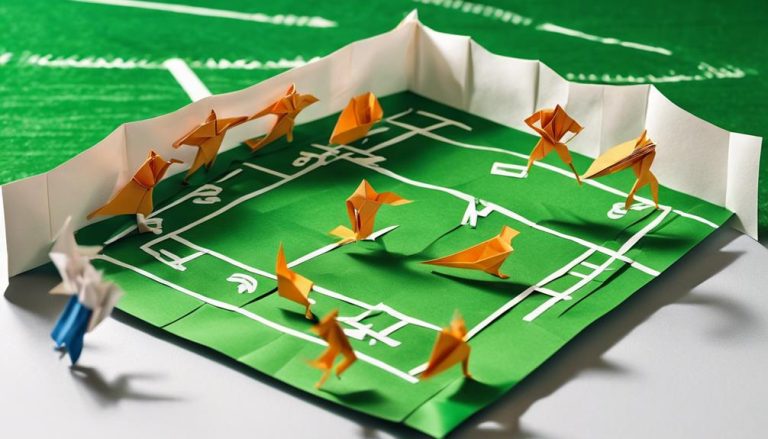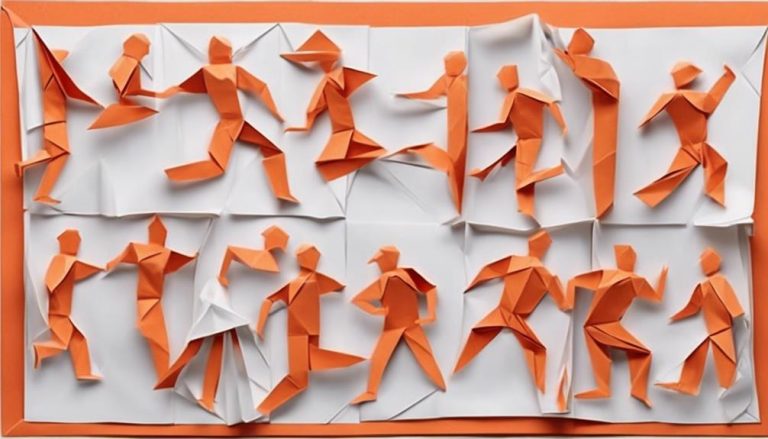General Rules of Triathlon
Have you ever wondered how strict the rules of triathlon really are?
From the regulations surrounding equipment to the etiquette of transitions, there's a lot to consider when competing in this multi-discipline sport.
But did you know that some rules might surprise you with their intricacies and nuances?
Stay tuned to uncover the essential guidelines that can make or break your performance in a triathlon event.
Equipment Regulations
When participating in a triathlon, it's crucial to ensure that your equipment meets the specified regulations. Starting with proper attire, make sure you're dressed for success. The right clothing can make a significant difference in your performance. Opt for moisture-wicking fabrics to stay dry and comfortable throughout the race. Avoid loose clothing that may slow you down or cause chafing. A well-fitted triathlon suit or a comfortable combination of swimwear, cycling shorts, and a running top can make transitions smoother and more efficient.
Next up, bike maintenance. Your bike is your trusty steed during the cycling leg of the triathlon, so it's essential to keep it in top shape. Check your tires for proper inflation, ensure your brakes are working effectively, and lubricate the chain for a smooth ride. Familiarize yourself with the rules regarding equipment such as the type of bike allowed and any restrictions on modifications. Remember, safety should always come first when it comes to bike maintenance.
Drafting and Blocking
To enhance your performance and adhere to race regulations, understanding the rules of drafting and blocking in a triathlon is crucial. Drafting etiquette and blocking techniques play a significant role in your race strategy and overall performance. Here are some essential points to keep in mind:
- Maintain Safe Distances: When drafting off another competitor, ensure you're following at a safe distance. This not only prevents accidents but also abides by race rules that often specify the minimum gap required between bikes.
- Communicate Effectively: Use verbal cues or hand signals to communicate with other triathletes around you. This can help in coordinating movements and avoiding collisions, especially during tricky course sections or when transitioning between segments.
- Avoid Intentional Blocking: While strategic positioning is allowed, intentionally blocking another participant's path is against the rules. Make sure your movements don't impede another athlete's progress, as this can lead to penalties or disqualification.
Transition Etiquette
As you gear up for the next phase of the race, ensuring smooth and respectful transitions between segments is key to maintaining the flow of competition. Proper etiquette in the transition area is crucial for a fair and efficient race. When transitioning from swimming to cycling or cycling to running, remember that every second counts. Be mindful of others around you and aim for quick transitions to keep the race moving smoothly.
One essential rule of transition etiquette is to keep your gear area compact and organized. Lay out your equipment neatly to avoid encroaching on your neighbors' space. Be considerate when setting up your gear and avoid spreading out unnecessarily. Quick transitions not only benefit you but also help prevent congestion in the transition area.
Another important aspect of transition etiquette is being aware of your surroundings. Pay attention to other athletes to avoid collisions or interference during transitions. Communicate with fellow competitors if you need to access your gear or move around the transition area. Respecting others' space and race objectives is key to maintaining a positive and cooperative environment.
Course Navigation
Navigating the course efficiently and effectively is essential for a successful triathlon race. To ensure you stay on track and make the most out of your race, here are some crucial tips for course navigation:
- Swim Buoys: During the swim leg, keep an eye out for the brightly colored swim buoys that mark the course. These buoys help you stay on track and navigate through the water smoothly. Make sure to sight regularly to ensure you're swimming in the right direction towards the next buoy.
- Bike Signage: Once you transition to the bike leg, pay close attention to the signage along the route. These signs indicate important information such as turns, hazards, and aid stations. Familiarize yourself with the course map beforehand so you can anticipate upcoming turns and prepare accordingly.
- Course Familiarity: Before race day, take the time to study the course layout and any specific landmarks that can help you navigate. Knowing the course beforehand will boost your confidence and prevent any last-minute confusion. Consider doing a course walkthrough or a practice ride to get a feel for the terrain and any tricky sections.
Time Penalties
Efficiently managing your time during a triathlon is crucial as time penalties can impact your overall race performance significantly. Penalty enforcement in triathlons is strict to ensure fair competition and adherence to the rules. If you fail to follow the regulations, penalties such as time additions or disqualifications may be enforced, affecting your final race results.
Consequences of time penalties can be severe, potentially altering your ranking and even costing you a podium finish. It's essential to familiarize yourself with the rules and regulations of the specific triathlon you're participating in to avoid penalties. Remember, every second counts in a race where every athlete is pushing their limits.
In the event of a penalty, athletes have the right to dispute the decision through protests. However, it's crucial to do so promptly and respectfully, adhering to the established procedures. Athlete disputes are taken seriously, but the ultimate decision lies with the race officials. Therefore, it's important to race with integrity and within the rules to avoid finding yourself in a situation where penalties are necessary.
Frequently Asked Questions
Is There a Specific Nutrition Plan Recommended for Triathlon Races?
Feeling like a well-fueled machine is key for triathlon success. Before your race, focus on pre-race fueling to optimize energy levels. Hydration strategies are crucial for performance, so remember to drink up and stay strong throughout your race!
Are There Any Restrictions on Wearing Headphones During a Triathlon?
Wearing headphones during a triathlon can pose safety concerns by blocking out important sounds. It may also limit your performance benefits by disconnecting you from your surroundings. Stay focused and aware for a successful race!
Can Athletes Receive Assistance From Spectators During the Race?
In the race of life, athletes must tread their own path. Spectator involvement can be a slippery slope; it's crucial to maintain sportsmanship boundaries. While cheers are fuel, remember, the victory is yours alone.
How Are Age Group Categories Determined in Triathlon Races?
In triathlon races, age group categories are typically determined by your age on race day. This helps ensure fair competition among athletes of similar ages. Training techniques and equipment recommendations can vary based on your age group.
What Should Athletes Do in Case of a Medical Emergency During the Race?
If faced with a medical emergency during a race, prioritize athlete safety. Follow the medical emergency protocol, seek assistance, and stay calm. Your well-being is crucial, so don't hesitate to alert race officials for immediate help.






